Verbena
Latin name: Verbena officinalis
Genus: Verbena plants
Common names: Druidenkraut, Eisenhart, Sagenkraut, Richardskraut
Plant description verbena
Plant description: Knee-high plant with a square stem. Spiked, purple-colored inflorescences.
Flowering time: June to September
Origin: Southern Europe, North Africa
Plant parts used medicinally
The whole herb (mostly without roots)
ingredients
Iridoid glycosides (verbenaline), little essential oil (slightly scented of lemon) and little tannins, bitter substances and a small amount of silica.
Medicinal effects and uses of verbena
The tannins and bitter substances obtained have a positive effect Stomach discomfort, Diarrhea and Loss of appetite. Its effect is only light and cannot be compared to drugs like Centaury, Wormwood, mugwort, Bloodroot, coltsfoot, chamomile.
Use in homeopathy
The middle Verbena hardly occurs today. Formerly a means at insomnia, Nervous disorders, Kidney stones and gallstones.
Preparation of verbena
Scald 2 - 3 heaped teaspoons of cut drug with 1 cup of boiling water, cover and let stand for 10 minutes. Drink one cup unsweetened twice a day.
With a lower dosage (1 teaspoon of drug per cup) prepared as above, you get a tasty house tea. Dem black tea when mixed in, verbena gives it a slightly lemony taste.
side effect
not known.




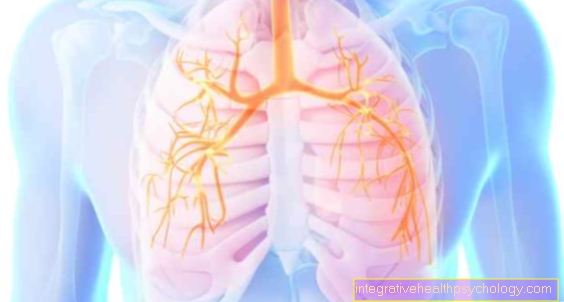



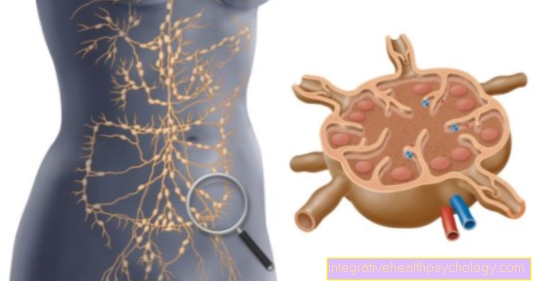
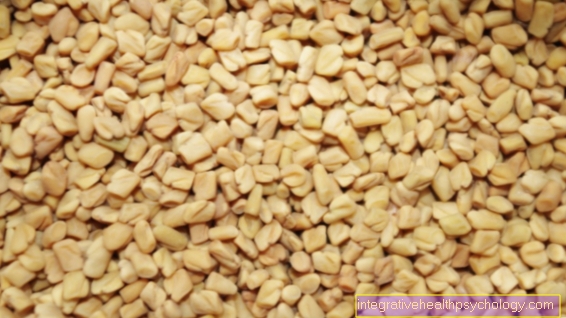






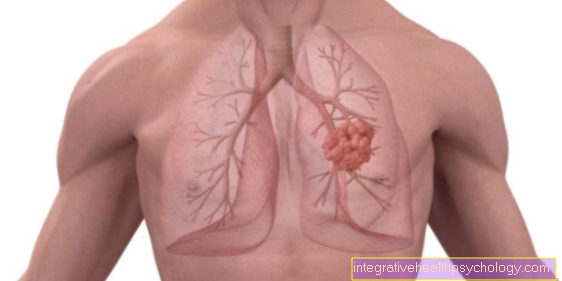


.jpg)



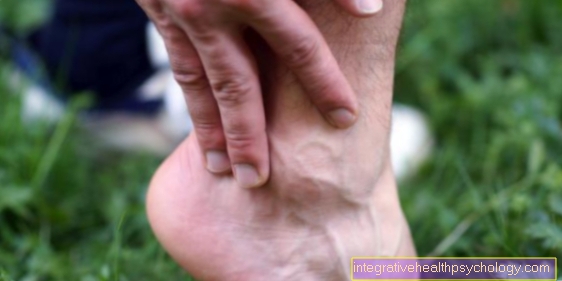
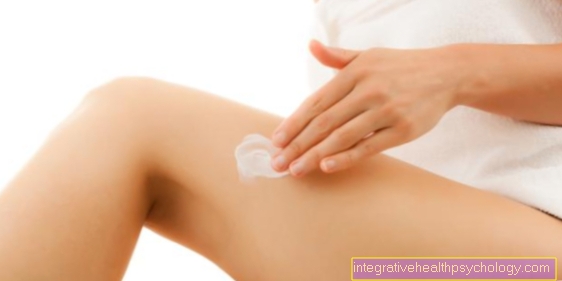
.jpg)



